The Great Wildebeest Migration, is one of the “Seven New Wonders of the World”.
No where in the world is there a movement of animals as immense as the wildebeest migration, over 2 millions of animals migrate from the Serengeti National Park, Tanzania to the greener pastures of the Maasai Mara National Reserve in Kenya during July to October.
The migration has to cross the Mara River in the Maasai Mara where crocodiles will prey on them. Sometimes, a wrong step into the hippo’s territory will caused them their lives as well. This is one of the highlights as the animals try and cross the Mara River alive.
In the Maasai Mara they will be hunted, stalked, and run down by the larger carnivores. The Maasai Mara also has one of the largest densities of lion in the world and cheetahs. This is the home for National Geographic and BBC Big Cat Diary.
So, here are the summary of the animals and scenery we saw in this spectacular amazing place in Earth!
1) Wildebeest
Well, we are here to see the wildebeest migration so how could you miss a sight of these wildebeest?
There is no other animal like the wildebeest. It looks like it was assembled from spare parts – A face resembling a grasshopper, the forequarters and horns could have come from a buffalo, the hindquarters from an antelope and the mane and tail from a horse. The antics of the territorial bulls during breeding season have earned them the name “clowns of the savanna.”
2) Crocodiles waiting at the Mara river to drown and feast on the wildebeest migrants
Cruel as it sounds, thousands of zebra and wildebeest cross the Mara river during the annual migration between Tanzania and Kenya. The annual migration sees over a million wild animals move from one country to the other, spanning the Maasai Mara National Reserve. But dozens of crocodiles lie in wait ready to pick off stragglers.
Crocodiles take advantage of the panic in the water, attacking and killing at will. They hide in the water until the right moment and grab an animal. They then pull it below the surface until it drowns. It is sad, but it is the circle of life.”
The animals were well aware of the danger the crossing poses. They waited on the bank until there were thousands, until the pressure from the back will push the animals on the front to go. As soon as the first line go into the water all of them will suddenly follow in an almost unstoppable wave of animals.
3) Hippos
Try swimming in the river filled with tonnes of hippos! haha Even though they are herbivores, do not mess with these large animals! 🙂
4) Vultures & birds
More than 1000 species of birds can be found in Kenya. They include eagles, vultures, hornbills, weavers, flamingos and ostriches. This Kenyan bird gallery highlights many of the birds you would get to see while on a standard safari in Kenya, in the Masai Mara or Samburu, Amboseli and Lake Nakuru National Parks.Personally, I don’t really like the avian scavenger. They definitely don’t look friendly and they feed on meat, probably that’s the reason why I think they are disgusting.
I was really disgusted by the sight at the river. I named this “River of Death”. An ugly sight of vultures feeding on the dead wildebeest, gazelles, antelopes and zebras.
5) Big Cats
How could you say you are in the safari without some good sights and photos of the Big Cats in the safari?
We didn’t manage to catch any sights of Leopards, only in Serengeti, Tanzania. Read on if you wish to find out more on my experiences in Tanzania WHEN NAT GEO ALWAYS SAYS…. THE SERENGETI NATIONAL PARK.
6) Herbivores of Maasai Mara
Yay, love to see my same kind! haha I mean diet preference! haha
The great Serengeti wildebeest migration is the movement of vast numbers of the Serengeti’s wildebeest, accompanied by large numbers of zebra, and smaller numbers of Grant’s gazelle, Thompson’s gazelle, eland and impala. These move in an annual pattern which is fairly predictable. They migrating throughout the year, constantly seeking fresh grazing and, it’s now thought, better quality water. The precise timing of the Serengeti wildebeest migration is entirely dependent upon the rainfall patterns each year.
7) Elephants
African elephants are the largest land animals on Earth. They are slightly larger than their Asian elephants and can be identified by their larger ears that look somewhat like the continent of Africa.
Elephants eat roots, grasses, fruit, and bark, and they eat a lot of these things. An adult elephant can consume up to 300 pounds (136 kilograms) of food in a single day.
These hungry animals do not sleep much, and they roam over great distances while foraging for the large quantities of food that they require to sustain their massive bodies.
8) Giraffes
Seeing a giraffe for the first time can be pretty spectacular because they are so gigantic; indeed, they are the tallest extant terrestrial animals and also, unsurprisingly, the largest ruminant. We see so many that it is easy to begin overlooking them; this is especially true because they tend to be very serene. Seeing them just like in the movie Jurrasic Park, you first have the sight of the Sauropoda dinosaur before the game begins with chasing by the predators! haha
I know I sound a bit like Nat Geo, perhaps a wannabe! haha This is truly an unforgettable experience for Brother Ryan and myself. It was a spectacular trip and we have seen so much and learnt so much! Such experience… only in Africa! 🙂
“If you’re twenty-two, physically fit, hungry to learn and be better, I urge you to travel – as far and as widely as possible. Sleep on floors if you have to. Find out how other people live and eat and cook. Learn from them – wherever you go.” – Anthony Bourdain





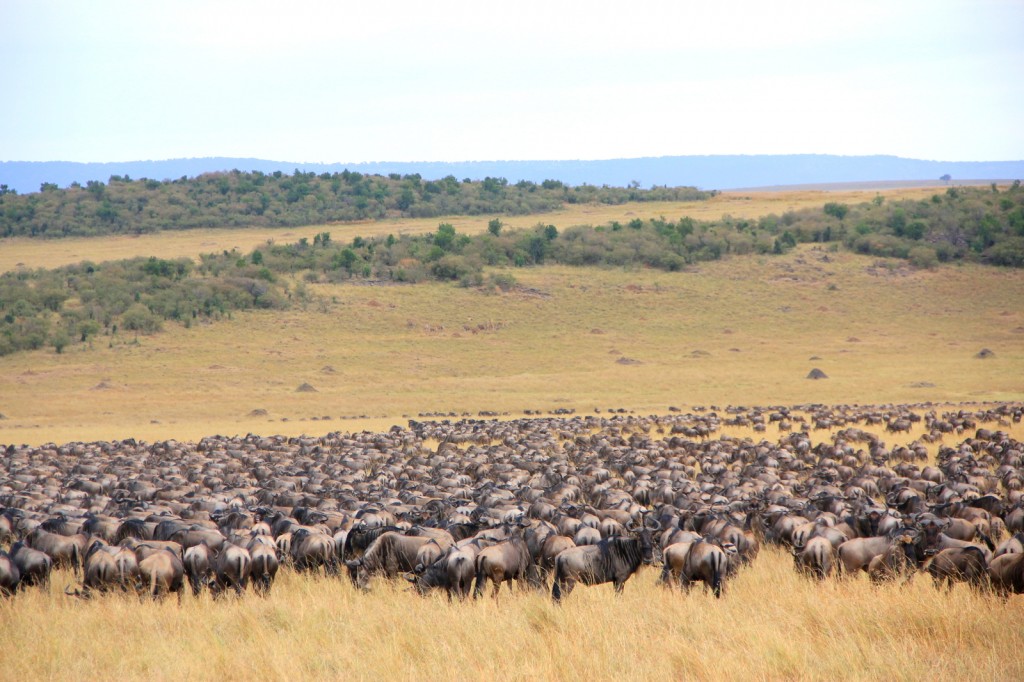
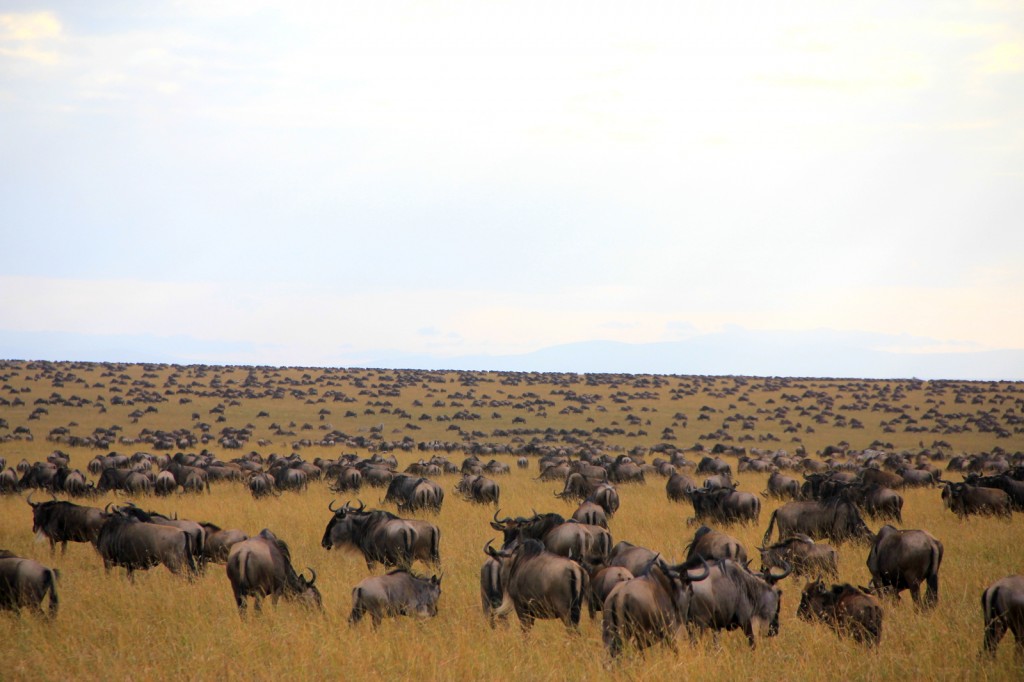
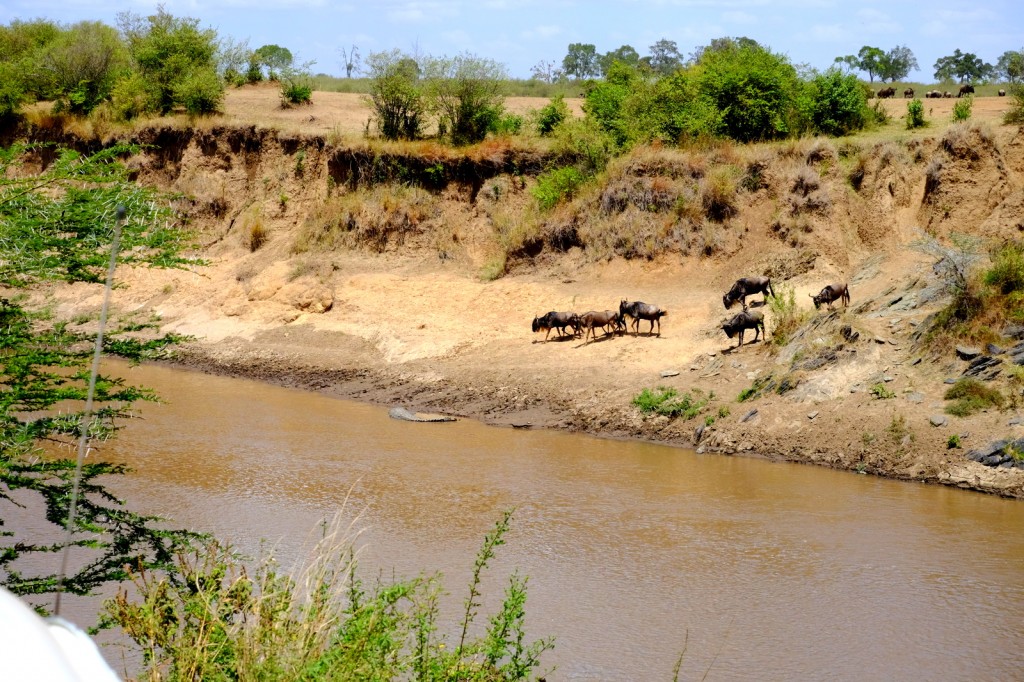





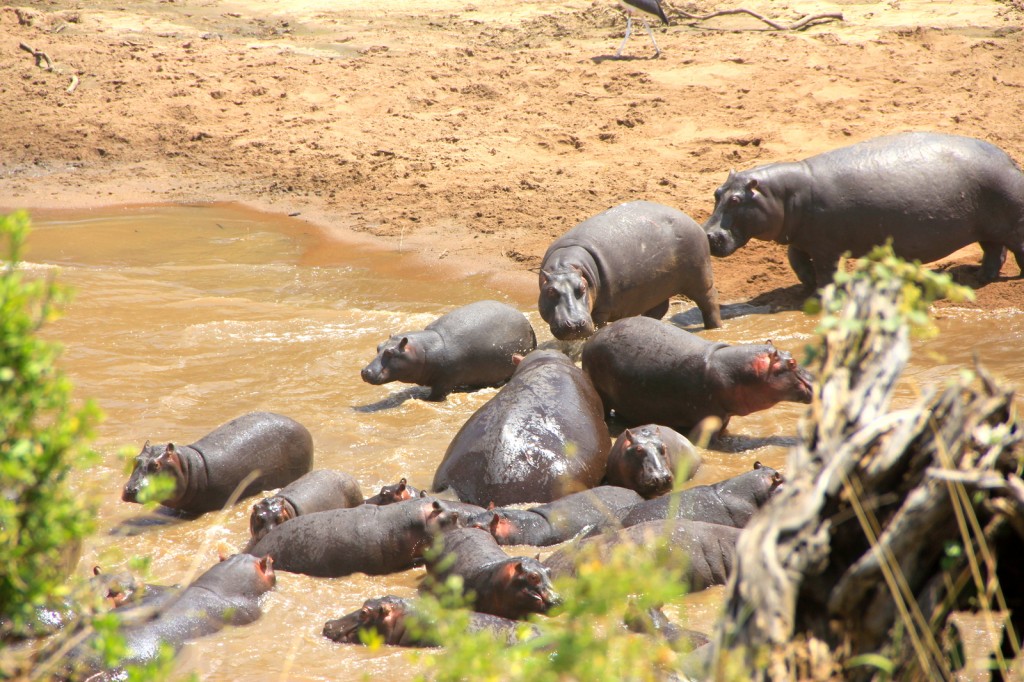


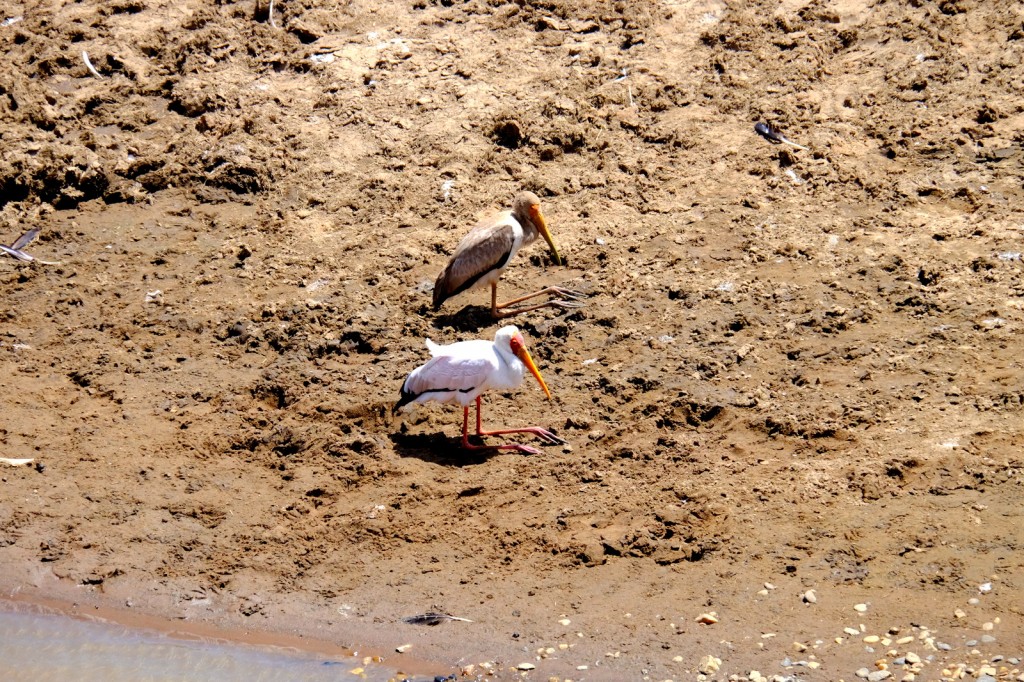
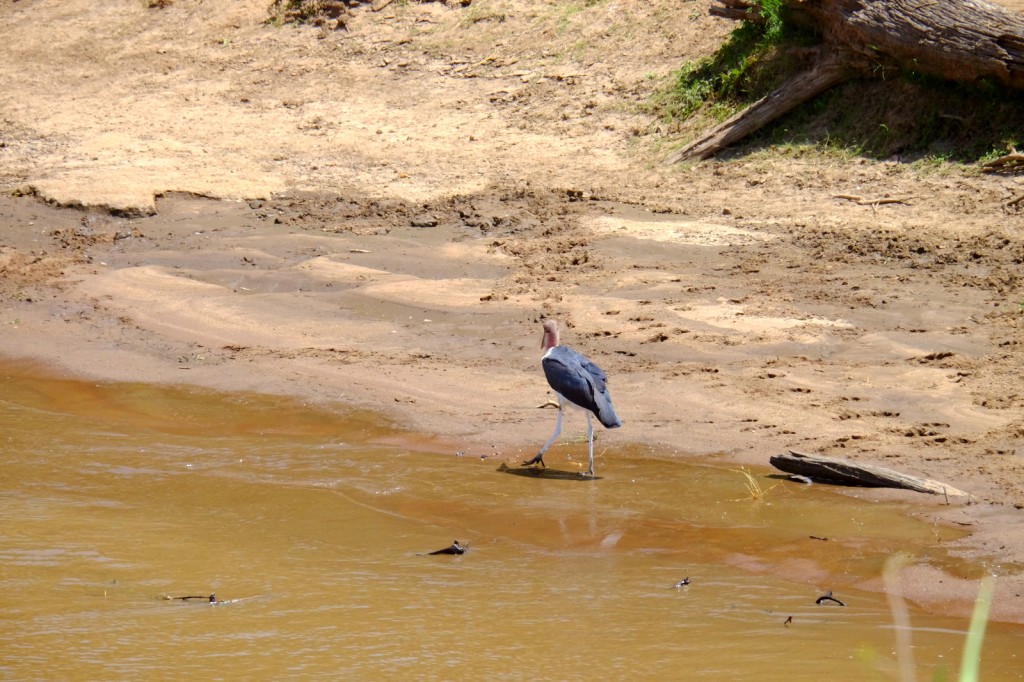

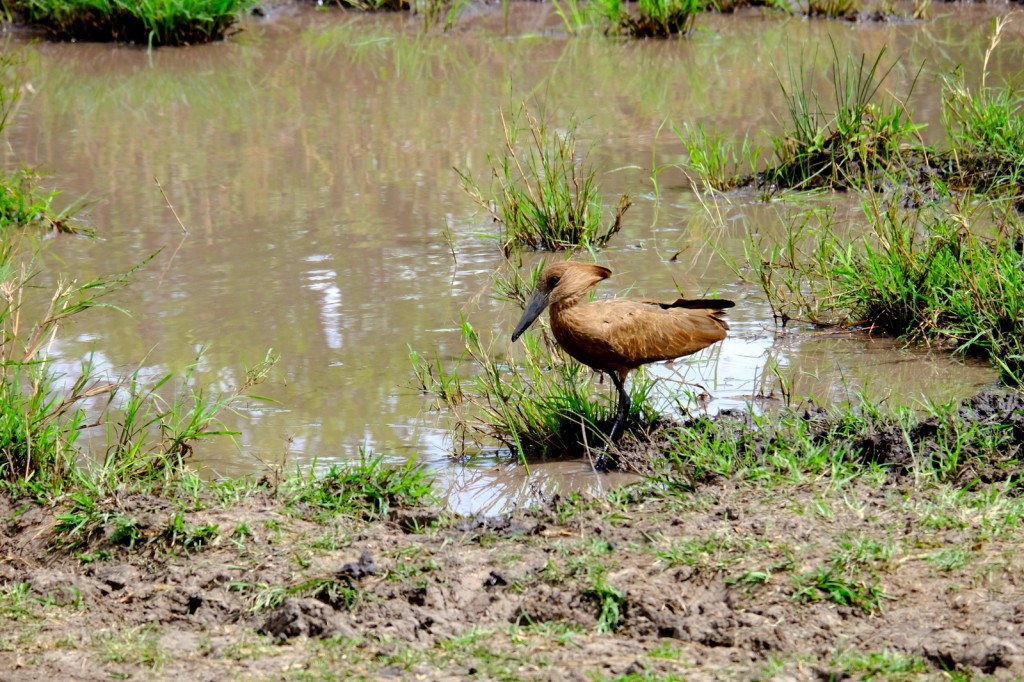






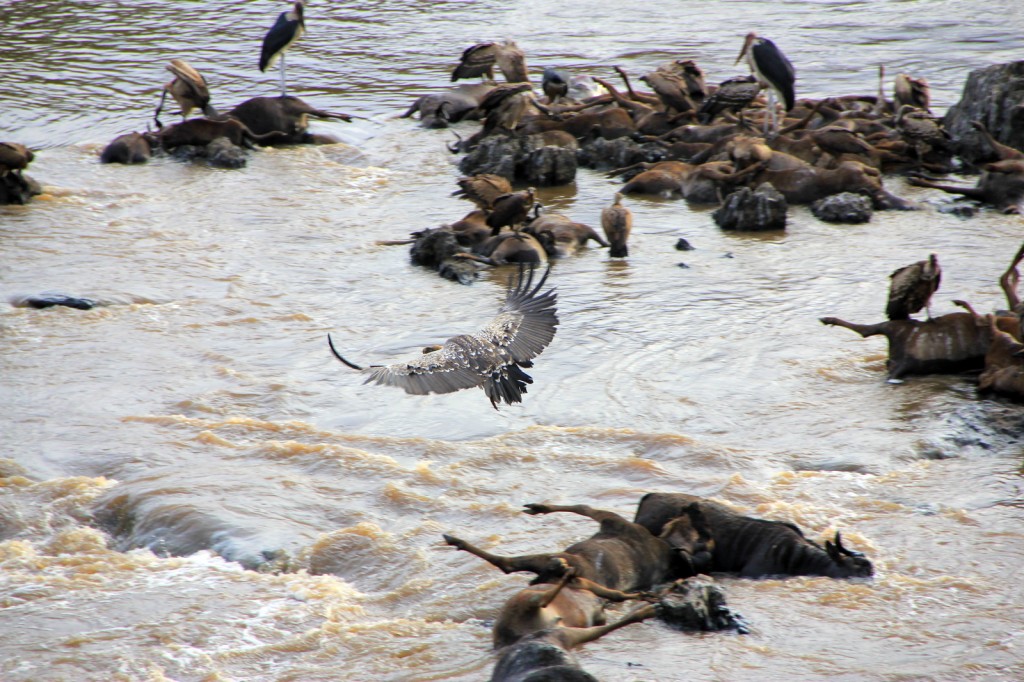

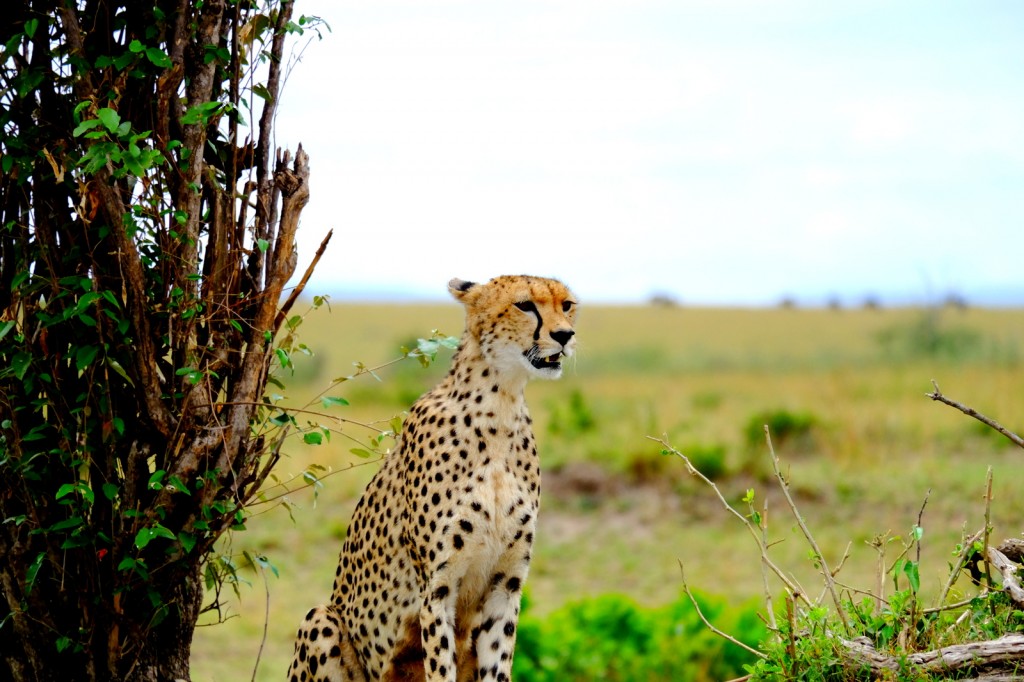


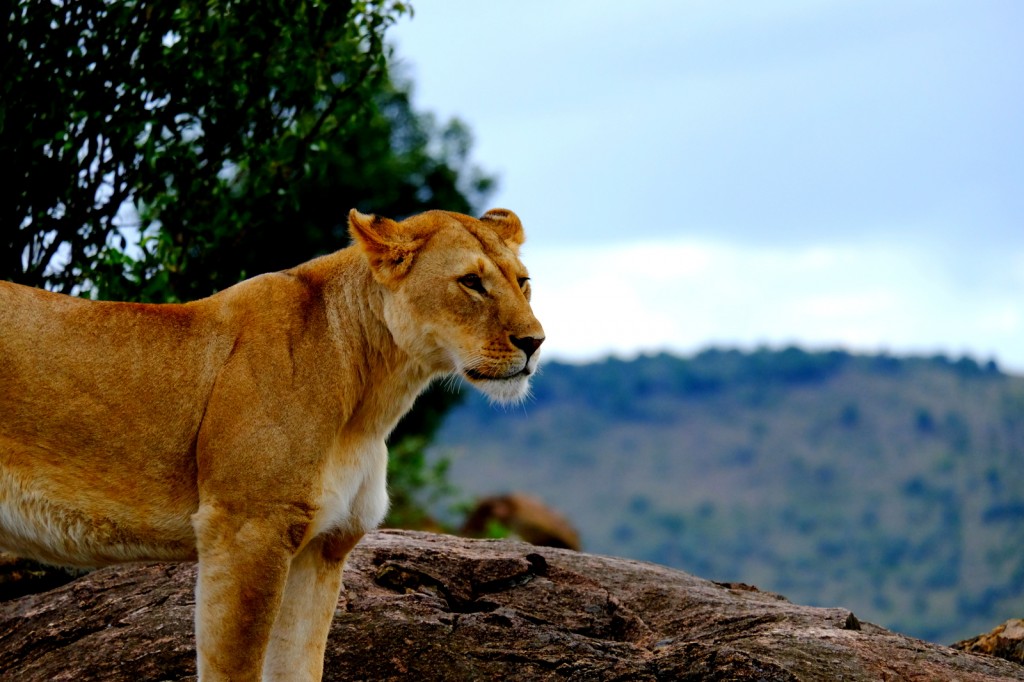



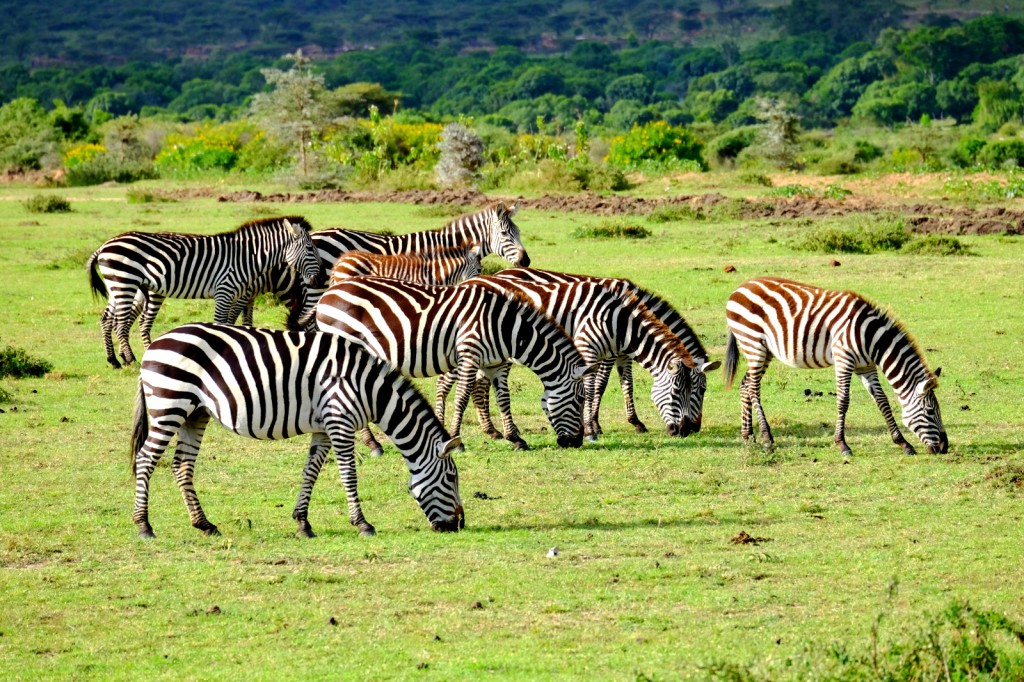
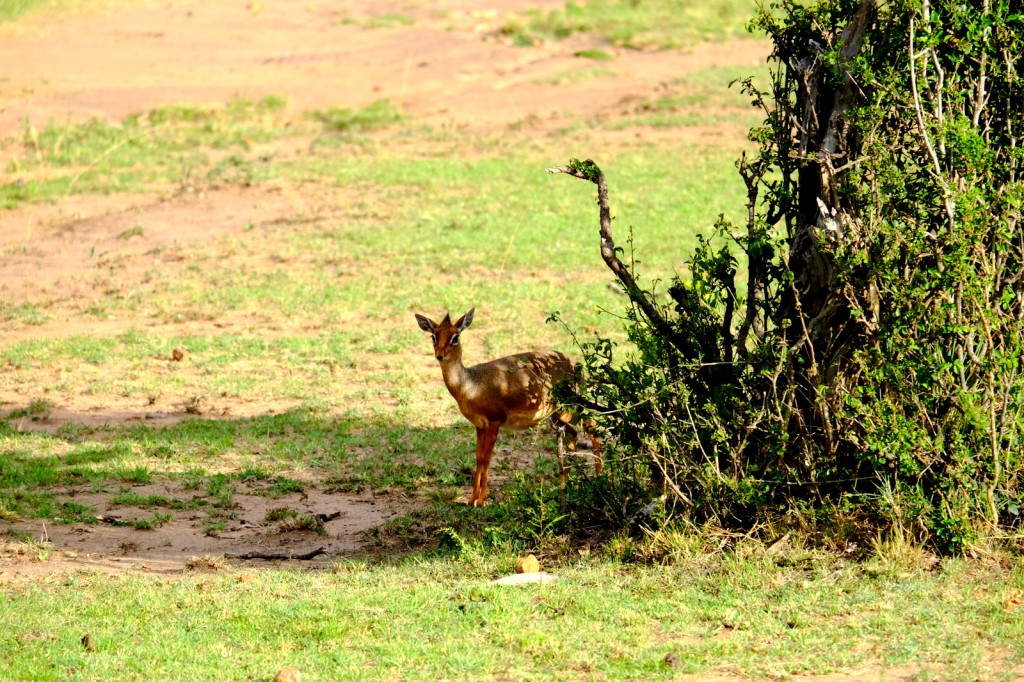
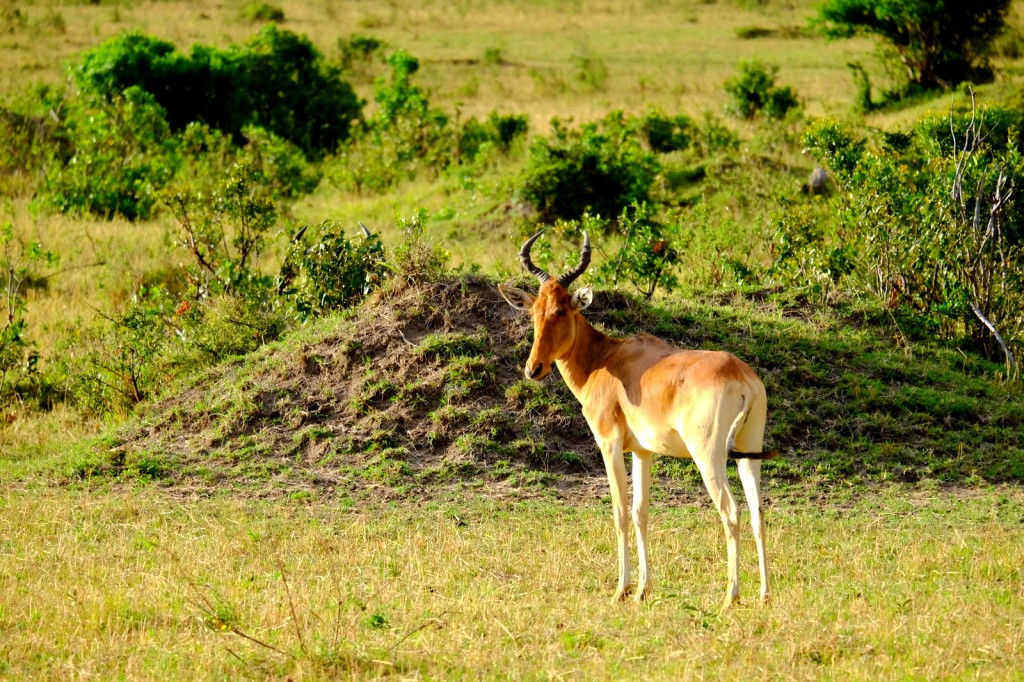


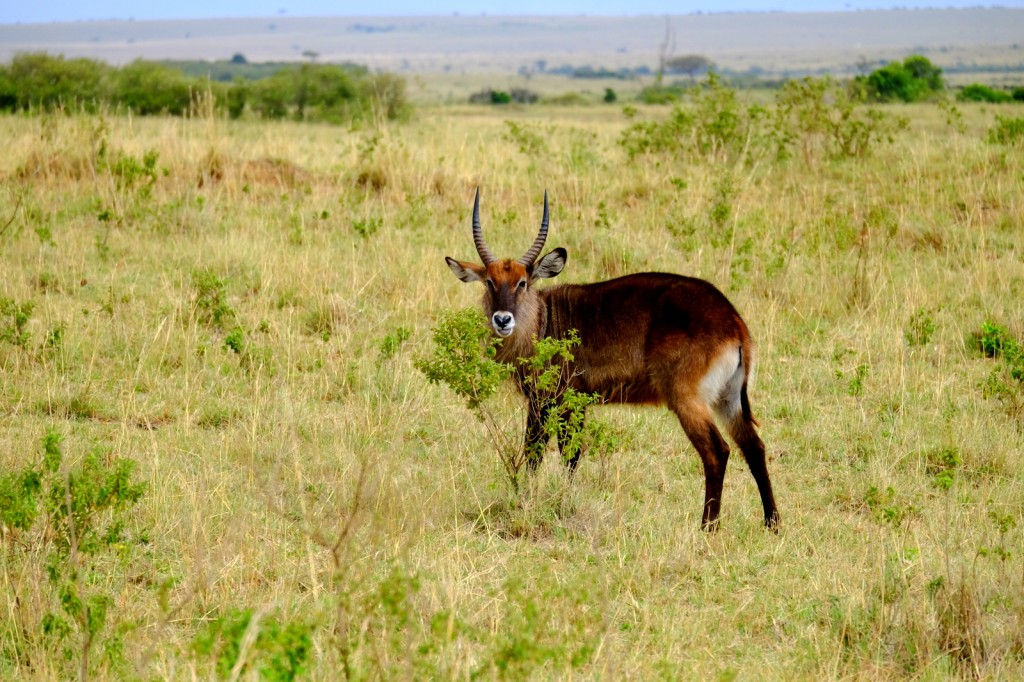
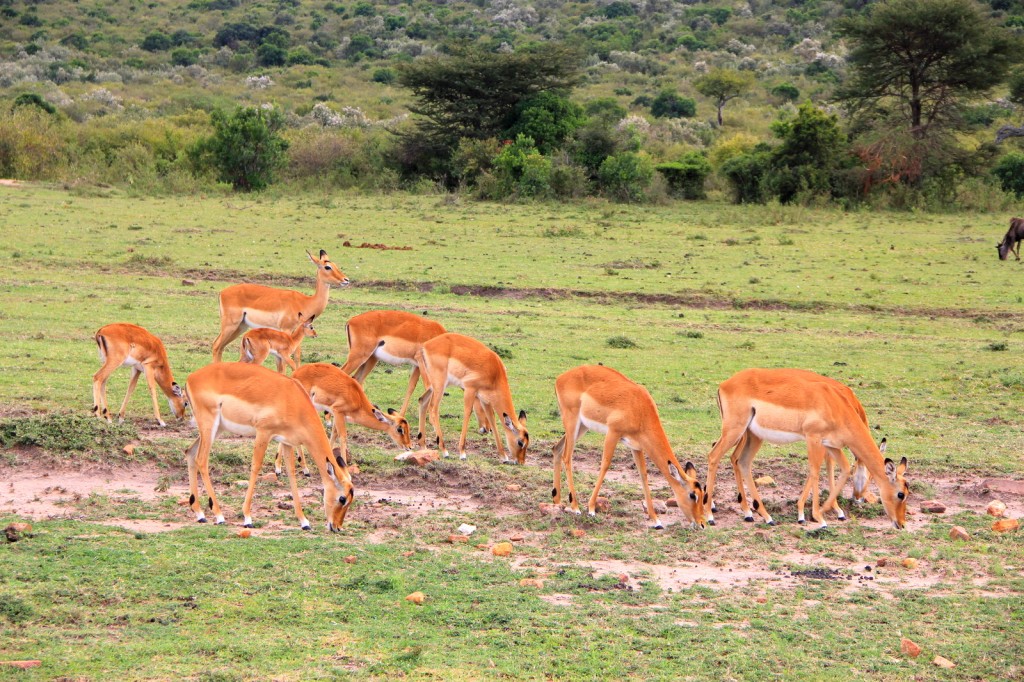





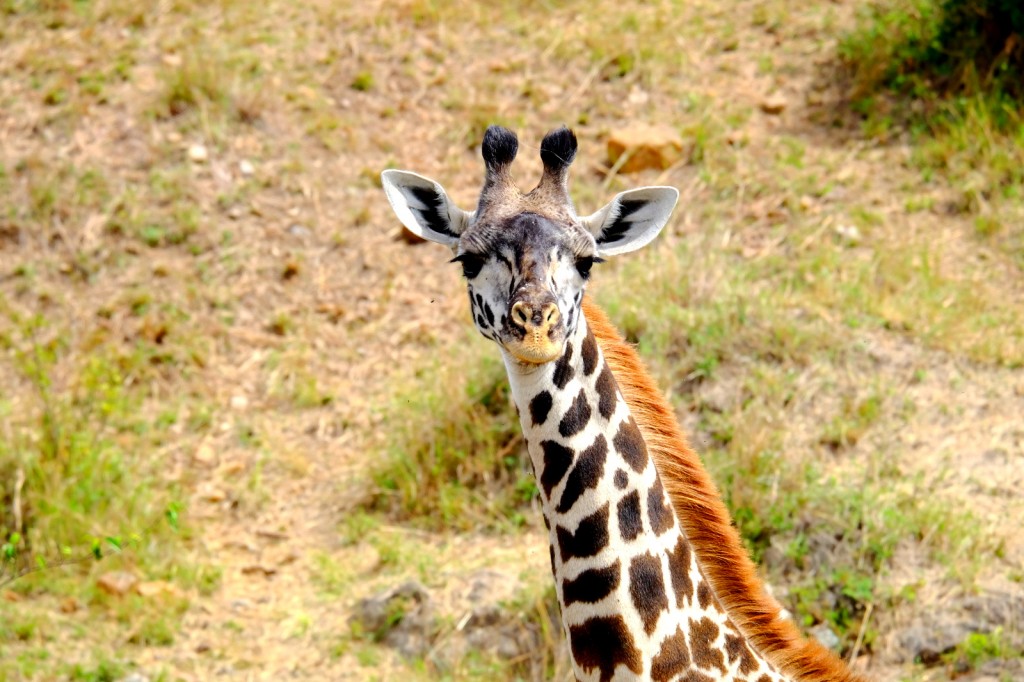

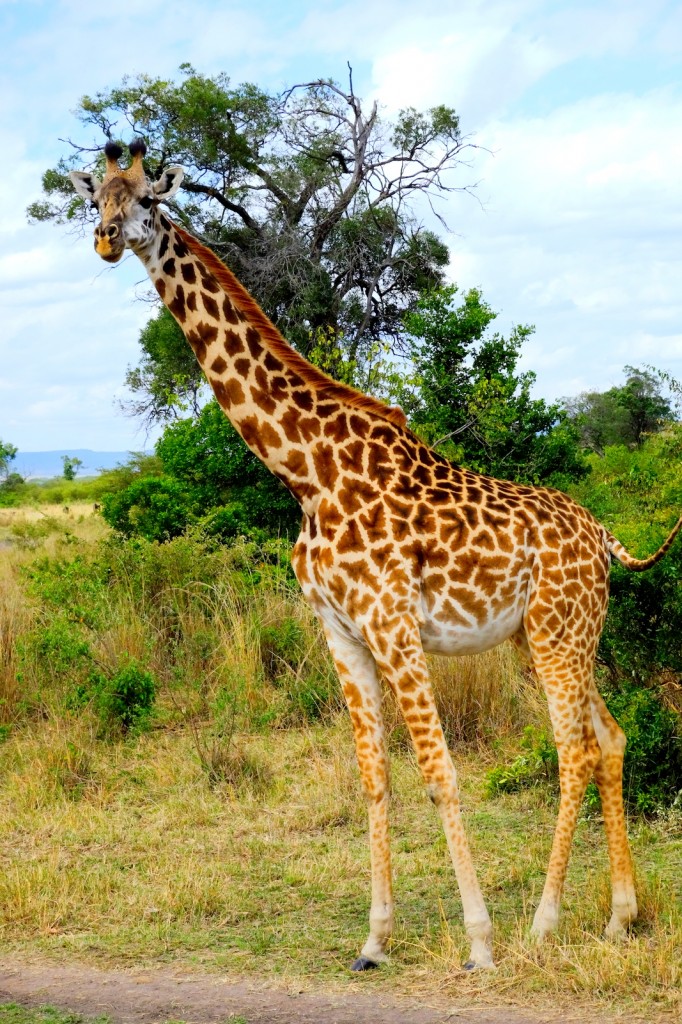
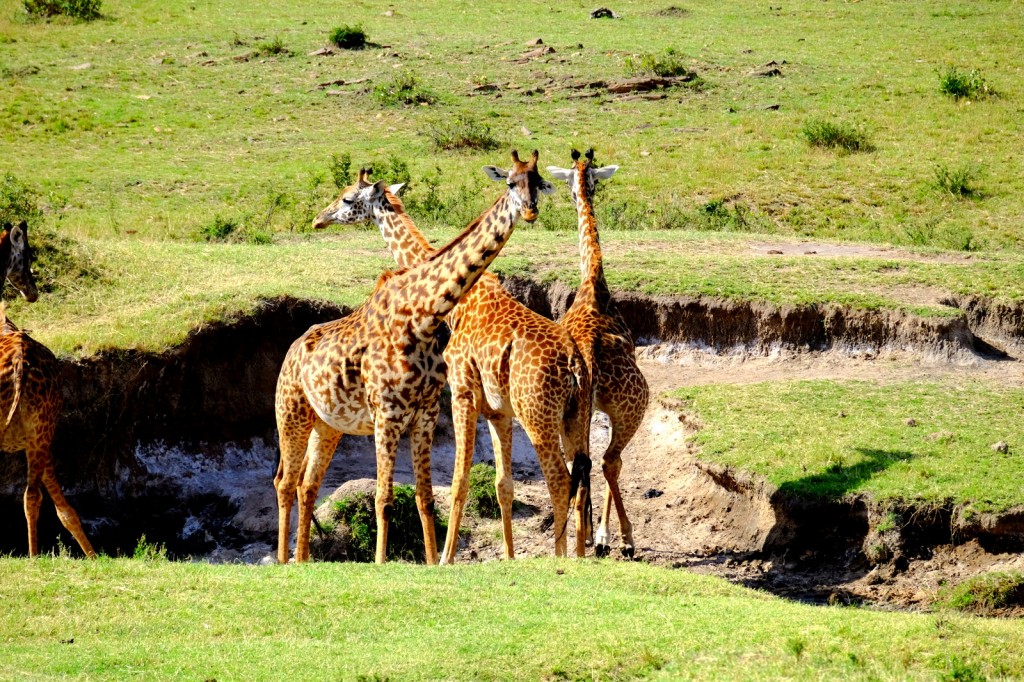
2 comments
Awesome!
Do give Africa a shot too! haha 🙂